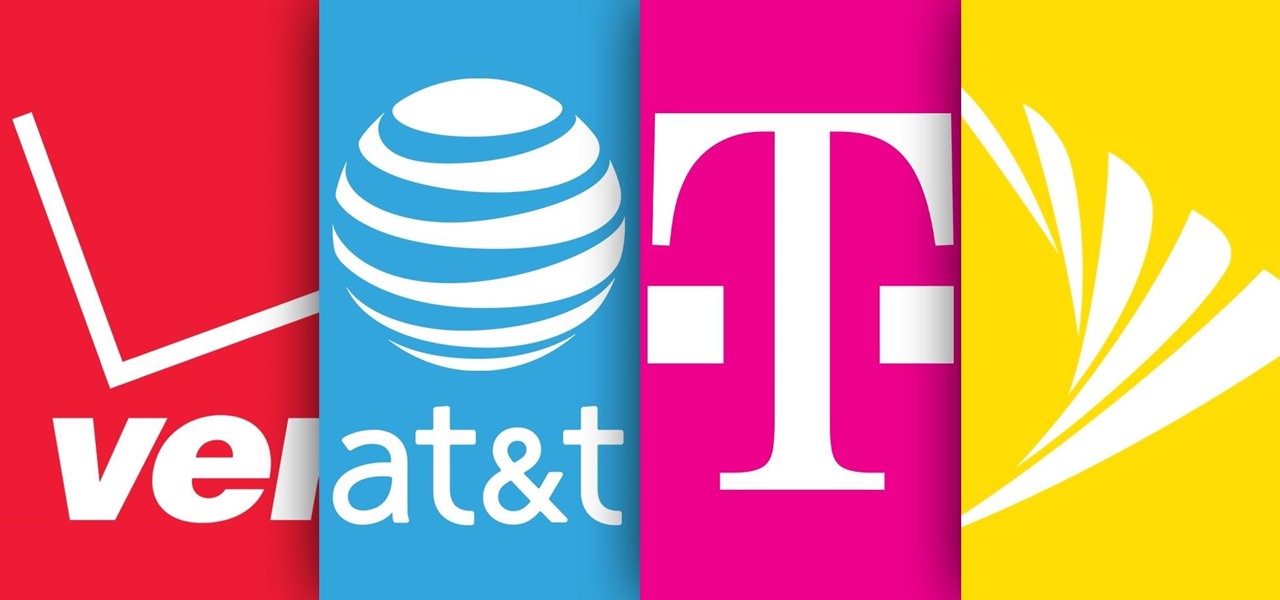 |
| Comparison of modern monopolies to Standard Oil |
As of this week, the monopoly on everyone's mind is T-Mobile and Sprint. Currently, four companies dominate the cell phone and data industry: T-Mobile, Sprint, AT&T, and Verizon. AT&T has already dealt with monopoly lawsuits throughout its 100+ year history; in 1949, President Harry S. Truman, sought to break apart Western Electric and the Bell System’s manufacturing arm. Truman's administration argued that Western Electric was overcharging AT&T, who in turn was increasing prices for telephone customers. The pressure on these companies has fluctuated during the late 20th century, but each time they have tried to merge, the public and governmental scrutiny increased exponentially. Previous attempts to merge between these four companies have all failed. For example, in 2011, AT&T sought to acquire T-Mobile for $39 billion. However, after facing strong opposition by federal regulators, the deal was abandoned.
However, scrutiny and criticism may not be enough to prevent T-Mobile and Sprint's proposed merger. That minuscule number of four competitive companies is set to be reduced to just three.
Ironically, the merger was proposed to increase competition -- just the competition between the four companies, rather than for newer companies to be allowed into the game. T-Mobile and Sprint hope to better compete against Verizon and AT&T by combining and using the same customer base.
Additionally, the companies hope that by joining forces they will beat others to commercializing 5G "Fifth Generation" Internet (faster and more secure Internet access via cellphones). Comparatively, this merger is cheaper than AT&T's 2011 proposal; T-Mobile offered to merge with Sprint for only $26 billion. This merger also raises an argument in favor of American monopolies; T-Mobile argues that if US companies are to out-compete the Chinese tech industry for 5G, this mobile is necessary. Chris Lane, an analyst in Hong Kong summarizes, “It’s hard to argue that 5G is not key to the next five to 10 years. Strategically, if you’re the U.S. and you’re trying to plan industrial policy, this deal makes sense.”
Sites
https://www.wsj.com/articles/the-antitrust-case-against-facebook-google-amazon-and-apple-1516121561
https://www.nytimes.com/2017/11/20/business/atts-run-ins-with-the-government.html
https://www.washingtonpost.com/news/the-switch/wp/2018/04/30/what-the-t-mobile-and-sprint-merger-means-for-you/?utm_term=.6cc148e400c8
https://www.nytimes.com/2018/04/30/technology/tmobile-sprint-china-5g.html















